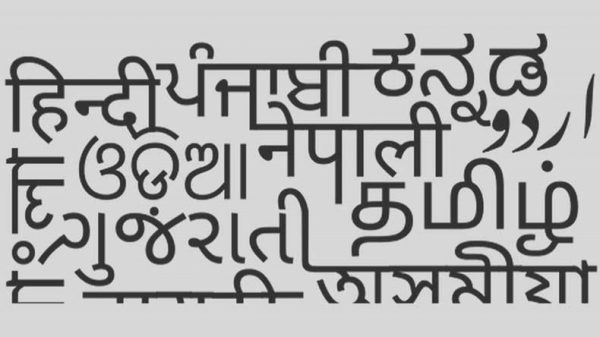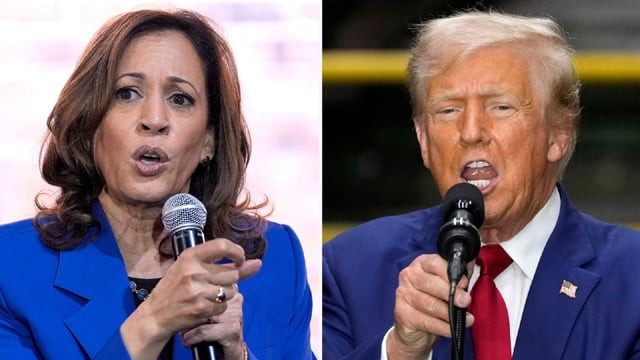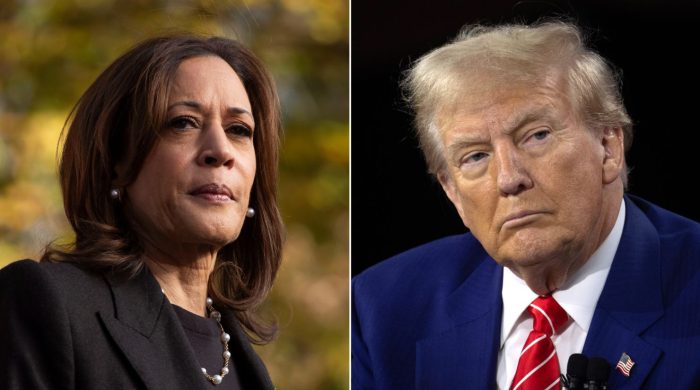India’s lingua franca and the crisis

- Update Time : Wednesday, October 23, 2019
- 268 Time View

LET me take my readers back to India’s past — Delhi of July 1947 where, in the aftermath of deadly communal riots, the partition become imminent. The national flag was chosen and this was the opportune hour to decide on the new nation’s national language.
This move crafted a strong case in favour of Hindi and against Hindustani, which the Indian leaders believed was a language of the Muslims, to appease their former British rulers. It was deemed that Hindustani was the Muslim mask of the country’s lingua franca that was in vogue in the subcontinent.
And, hence, this needed to be cast away. What remained powerful, however, that Hindi had the backing of two of the constituent assembly’s leading lights, Jawaharlal Nehru and Maulana Azad. And in order to the make the case for Hindi in India, this, again, was a Herculean task.
Seventy-two years after, India’s north-south divide now symbolises a linguistic separation, between the northern states which constitute the ‘Hindi heartland’ where people think and speak in the language and the southern states which use classical languages such as Tamil which are as old as Sanskrit.
After the southern states had expressed consternation over their union minister Amit Shah’s comment, it was immediately clarified that it was merely a suggestion to have a common language.
Fast forward, seventy-two years again, this is the New Delhi of October 2019. And the opportune time for India as a nation seriously to start rethinking its language policy. A link language can connect states across the country while regional languages would address the dwindling size of native speakers and the issue of language death.
The concept of ‘connection’ language, which has existed from the very beginning, in fact, is borrowed from the European concept of ethnolinguistic nationalism where every country has a main language that its citizens speak.
Even in the United States, which has more than 300 languages, only English is endorsed as the language for official and cultural purposes. India from the beginning has desperately tried to follow these models through the introduction of Hindi in education but achieved little success, because of the wide level of discontent observed in different parts of the country.
The Indian case remains unique and complex. While Hindi could serve within the country, English, the colonial language, remains a necessity to connect the people of India with the international community.
This imposes a double burden on non-Hindi speaking people who may have to learn two languages in addition to their own regional language.
A related question is whether English is a foreign language for India. For some at least, English has now become an Indian language despite its foreign origin through prolonged periods of use.
In most parts of India, English is widely used for official communications. Most often, the courts resort to the English language and pronounce judgements in English. The number of English-medium schools is, therefore, always on the rise in cities, townships and suburban spaces.
Parents desperately attempt to make their children speak good English. Post-1990s, the urban India has witnessed a mushrooming growth of spoken English coaching centres which now impart spoken English through smartphone apps.
The situation has changed to such an extent that India is now estimated to be the second-largest English-speaking country after the United States. In any Indian city, one could survive without the knowledge of the local language and could comfortably manage with English.
Despite such a situation, English is still not considered a link language for various reasons. Perhaps, it is still considered foreign; and one might argue about its Indian origin.
On occasions, Hindi is even projected to be a language that can counter the growing dominance of English. But most importantly, the percentage of Indians who can speak English is still abysmally small even when the absolute number is large.
Going by various reports, it cannot be more than 15 per cent of the country’s population. This cannot even be compared with major languages such as Hindi, Tamil or Bangla.
However, even in the absence of a link language, the country has grown to become a powerful economy in the world. No other country has managed to do justice to its multilingual existence.
Thus, instead of brooding too much over the link language issue, More time and energy should be spent on saving languages that the United Nations has designated as endangered.
The lingua franca is directly connected to the death of regional languages. A major reason for language protests across the country emerges from their insecurity in the face of globalisation.
Beyond political rhetoric, there is a great element of truth attached to this. In a recent observation at a UN forum for indigenous and vernacular cultures around the world, at least one language disappears totally from the face of the earth every two weeks.
The UN atlas for endangered languages has designated 196 Indian languages which face extinction. According to the 2010 report of the Peoples Linguistic Survey of India, 400 of the 780 Indian languages are in an endangered condition.
Old, archaic languages have continued to die. This is now a global phenomenon and close to 2,000 languages have disappeared from various nation-states in the twentieth century alone, according to available studies.
This includes several languages spoken in Africa, South America and South Asia, including India. When people shift to another language in large numbers because their mother tongue no longer is useful, that is when a language begins to be in utter crisis and start its journey towards extinction.
Several Indian languages — even those not listed in the reports at hand — have already experiences because of their speakers randomly shifting to English.
Today, a substantial number of people in the country still remain without access to English, now acknowledged as a global language. Ironically, the same English language is increasingly displacing several vernaculars such as Malayalam, Marathi and Maithili to several tribal languages.
As a result, the presence of many languages has dwindled in cultural platforms such as media, rural plays, ballads, religion or education over time.
Clearly, this indicates a crisis and their possible extinction in the near future. It is precisely this that has led to the growing number of political and regional movements around language.
If this is not addressed outside the narrow political interests, then it may seriously affect the country’s multicultural and multilingual texture and lead to volatile situations now and again.
Nazarul Islam is a former educator based in Chicago.































